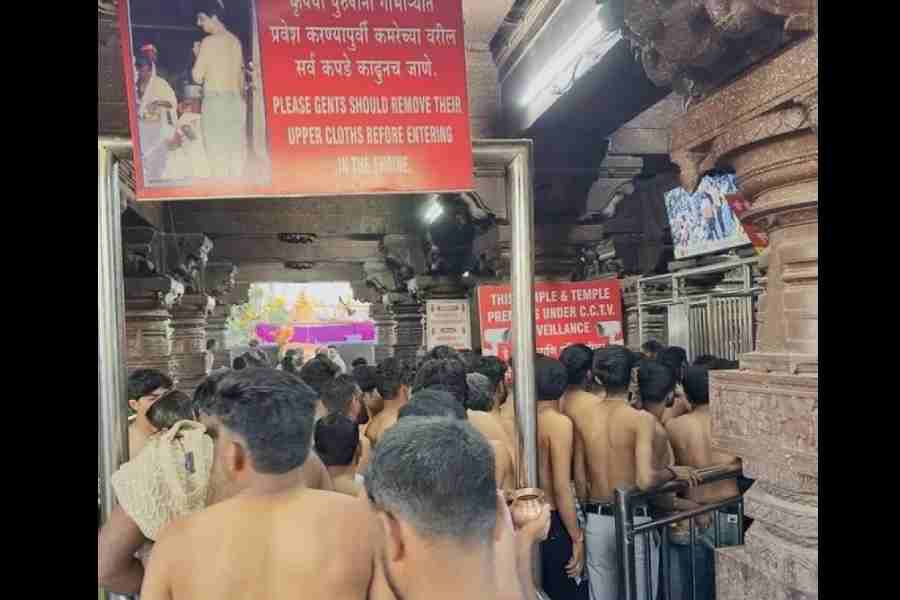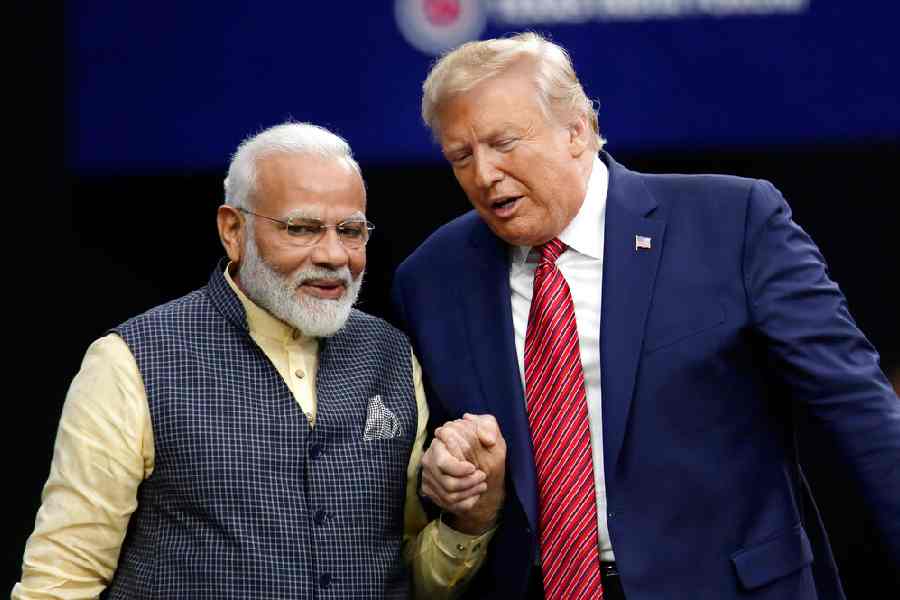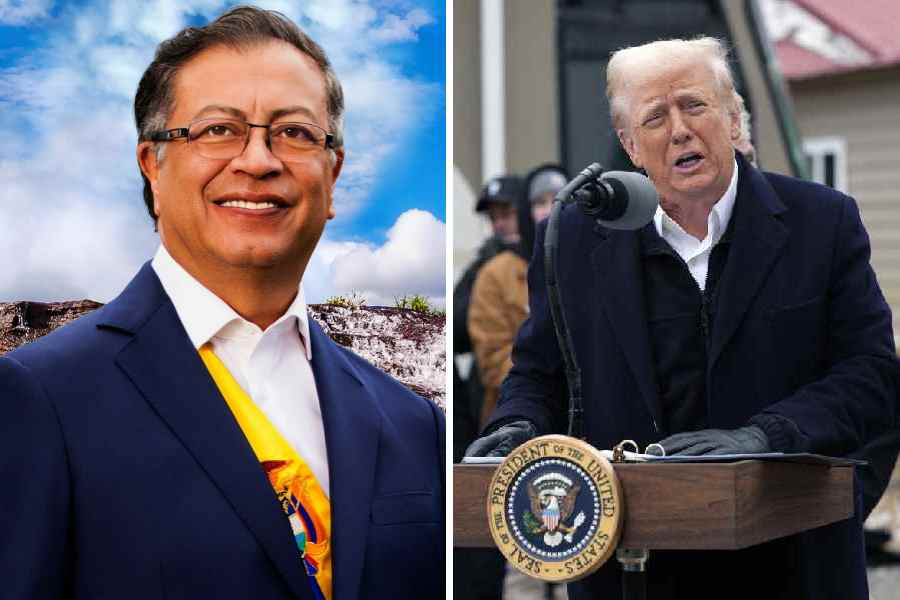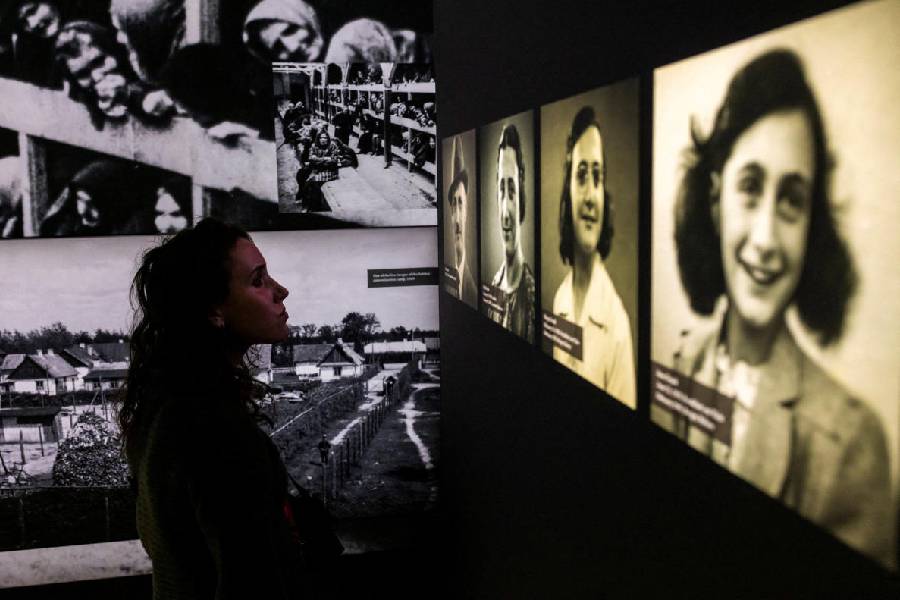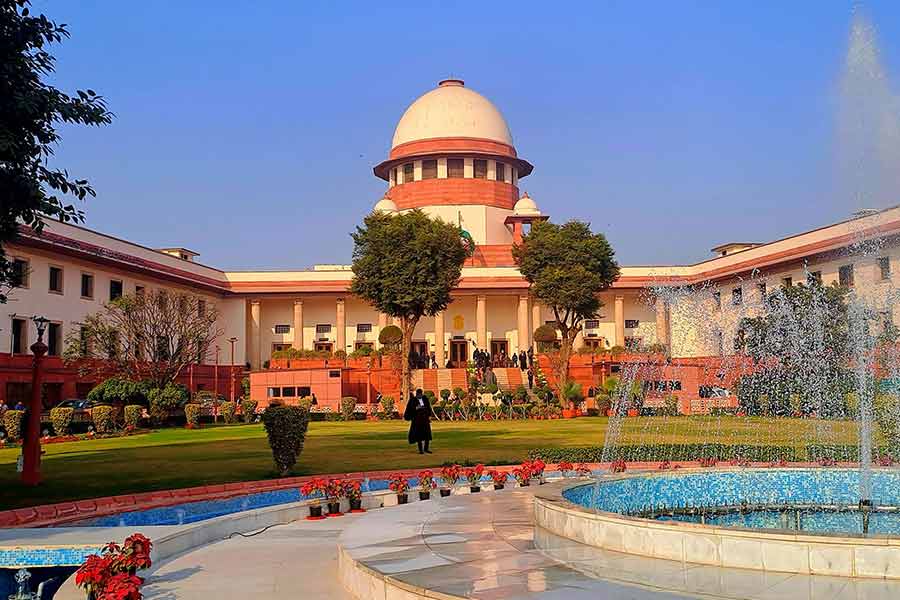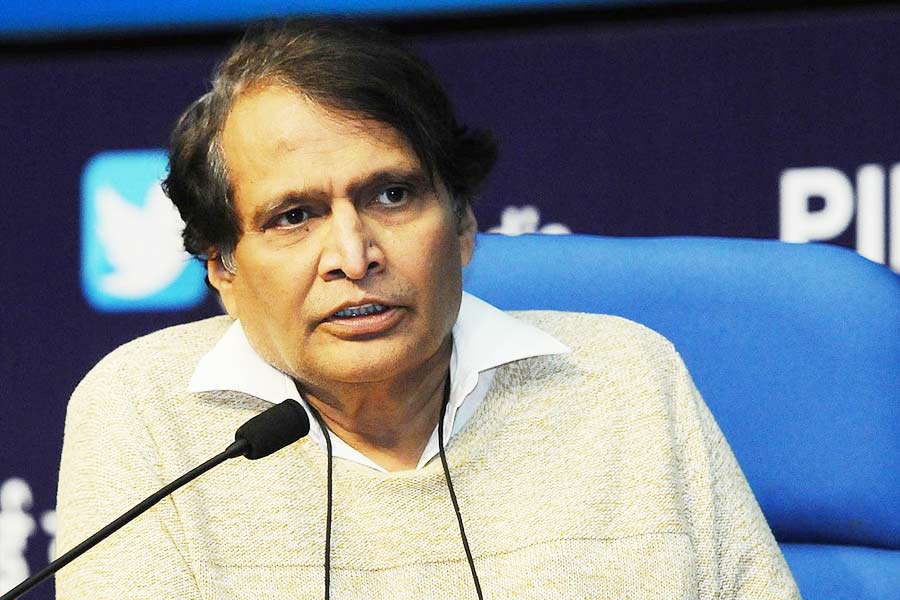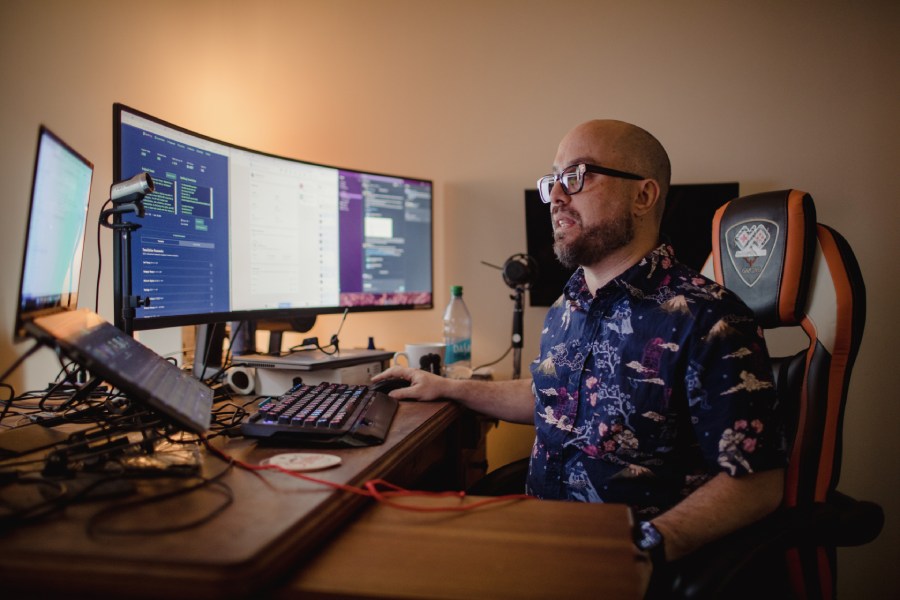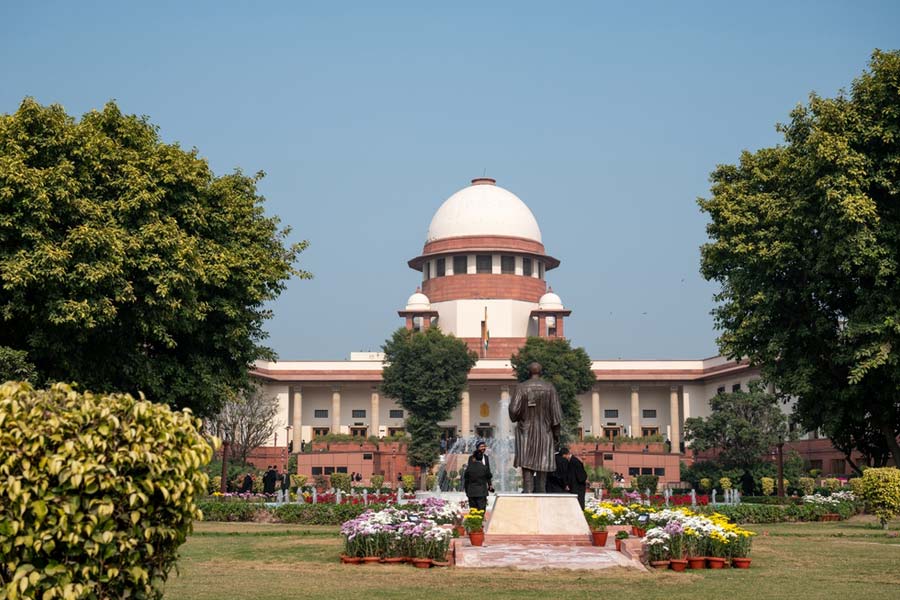Kerala, often celebrated as one of India’s most socially, politically, culturally and economically advanced states, is no stranger to paradoxes. Whether in politics, economics, religion, social development, or gender, these contradictions define its complex identity.
Kerala has always been intensely alert and responsive to the latest developments across diverse fields, driven by its global exposure, widespread literacy, vibrant media, and extensive diaspora. Yet, this never prevents the Janus-faced state from getting mired in fractious debates over seemingly antiquated issues, reflecting a striking interplay between progress and contention that shapes its collective consciousness.
The new year began in Kerala with a heated controversy sparked by a spiritual leader. Should men be mandated to remove their shirts inside Hindu temples? This traditional practice, prevalent in nearly every temple in Kerala except a few like the Ayyappa shrine in Sabarimala, has come under attack from Swami Satchidananda, the head of Sivagiri Mutt, which was founded by Sree Narayana Guru, Kerala’s sage-reformer and an opponent of casteism, in 1904. According to Swami Satchidananda, the practice was originally introduced to identify caste by checking if those entering temples have the ‘poonool’ (janeu) that is worn by Brahmins. The monk pointed out that the practice continues even in temples associated with the iconoclast Guru, who was born into the backward Ezhava caste and defied the ban on non-Brahmins from setting up temples and consecrating idols.
The monk’s remark at the public function connected with the annual pilgrimage to Sivagiri grabbed headlines also because it was endorsed by the chief minister, Pinarayi Vijayan, who presided over the event. The Marxist leader, also born to the backward Thiyya caste, used the opportunity to accuse the sangh parivar of trying to appropriate Narayana Guru who stood against Brahminical hegemony enshrined in sanatan dharma.
The demand to permit shirts inside temples enraged the Nair Service Society, an organisation of the upper-caste Nairs. “Each temple has its own traditions, which cannot be changed by the government or anyone else,” said G. Sukumaran Nair, general-secretary of the NSS. “Are such interpretations only found within the Hindu community? Christians and Muslims have their traditions too. Does the Chief Minister or Sivagiri have the courage to criticise them?” he asked.
Caste-based dress codes have long been a defining marker in Kerala’s social and political history, imposed to maintain specific social roles and hierarchies. The NSS’s views on the current issue were reminiscent of the Nair community’s violent opposition to the 19th century’s historic ‘breast cloth agitation’ against the ban on lower caste women from covering their upper bodies.
Vijayan’s critique of sanatan dharma also led to a fusillade from the Bharatiya Janata Party and other sangh outfits calling it anti-Hindu. It was reminiscent of the sangh parivar’s attack on the deputy chief minister of Tamil Nadu, Udhayanidhi Stalin, for critiquing sanatan dharma two years ago. Even the Sivagiri Mutt and the Congress disassociated from Vijayan’s comments on sanatan dharma. While Satchidnanda Swami proclaimed that Guru’s casteless vision itself was the core of sanatan dharma, the Opposition leader, V.D. Satheesan, of the Congress slammed Vijayan for letting the BJP appropriate sanatan dharma which is part of India’s traditions. Apart from his party, the Communist Party of India (Marxist), Vijayan’s critique of sanatan dharma is left with the support of a few Dalit intellectuals.
As the shirt issue rocked the Hindu community, a protracted liturgical feud within the Syro Malabar Church, Kerala’s largest Catholic Church, erupted in violence. In the wee hours of January 11, police entered the SMC Archbishop’s official residence in Ernakulam and forcibly evicted 21 protesting priests sitting on a fast for a week. Soon, hundreds of church members supporting the protesting priests rushed to the nearby St Mary’s Basilica, clashed with police and broke open the iron gates of the Archbishop’s House.
The events marked the latest round in a four-year-long internal schism over an ancient liturgical question: whether priests should face the altar or the people in attendance while celebrating the Mass. The row in SMC erupted in 2021 when its synod, under the Vatican’s guidance, replaced the indigenous way of the priest addressing the faithful with the one facing the altar. This ignited a revolt inside the SMC with most of the 460 priests in its largest diocese — the Ernakulam-Angamaly Archdiocese — refusing to follow the new liturgy, called the Uniform Mass. Sections of the laity in the diocese also rose in support of the revolting priests. With five million followers worldwide, SMC is the second-largest eastern Church in full communion with Rome. The row has made the Vatican and Pope Francis intervene many times, albeit yielding only limited results.
As controversies within Hindu and Christian religions were grabbing headlines, not to be outdone, the Muslim orthodoxy too jumped into the fray. A prominent Sunni cleric issued a fatwa against Muslim women doing fitness exercises along with men. The salvo is from Kanthapuram A.P. Aboobacker Musliyar, an influential Sunni leader and the 10th Grand Mufti of India, who heads several Islamic institutions. The 93-year-old Musliyar, long known for his views against gender equality, has particularly targeted MEC 7 (Multi-Exercise Combination of 7 workout categories), a fitness organisation run largely by Muslims that is gaining popularity in the state across genders. “Islam does not approve of intermingling between men and women. MEC 7 is spreading into all hamlets under the pretext of exercise. They are giving a wrong message by mixing up both genders on the same stage which is antithetical to Islam” stated Musliyar who is the general-secretary of All India Sunni Jamiyathul Ulama.
Although no Muslim or other religious organisations have reacted to Musliyar’s remark, it has triggered interesting responses from some political camps. Despite his conservative views, Musliyar has been traditionally opposed to the Indian Union Muslim League and remained close to the CPI(M) — so much so that his camp is often called the ‘Sickle Sunnis’. However, his present remark has brought him bouquets from the IUML and brickbats from the CPI(M). While the IUML’s general-secretary, P.M.A. Salam, backed Musliyar, the CPI(M) state secretary, M.V. Govindan, and the minister for higher education, R. Bindu, have castigated his comments as archaic and anti-women. However, Musliyar has hit back at Govindan, asking him about how many women were in CPI(M)’s leadership. “All the 18 area secretaries his so-called progressive party chose recently in his district were men. Why not a single woman?” Interestingly, the CPI(M) was also initially opposed to MEC 7, accusing it of harbouring Islamic fundamentalists, a position which it withdrew later. The Congress, as always, has remained diplomatically silent.
These controversies expose Kerala’s enduring struggles with identity, tradition, and progress. Even as the state champions education, gender equality, and economic development, its religious and social debates reflect a society still negotiating its place between history and modernity.
M.G. Radhakrishnan, a journalist based in Thiruvananthapuram, has worked with various print and electronic media organisations

